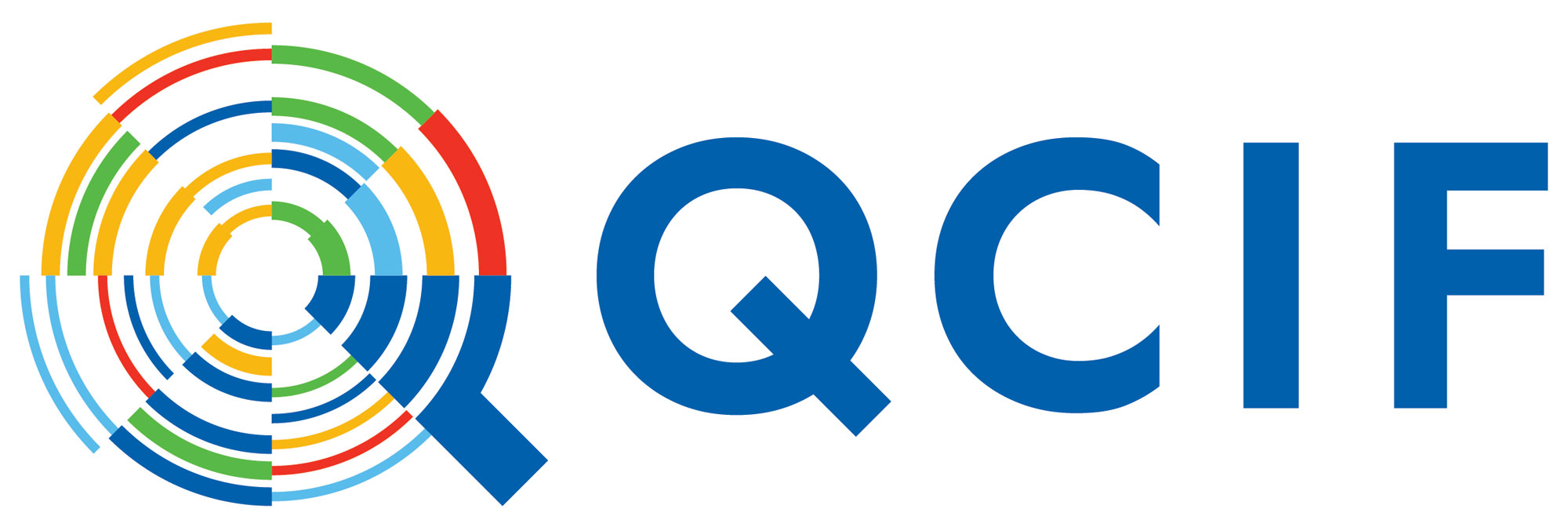Australian researchers can now set up a personal computer in the cloud in minutes using ARDC’s new Virtual Desktop Service (VDS) on the ARDC Nectar Research Cloud.
QCIF operates QRIScloud, the Queensland node of the ARDC Nectar Research Cloud.
Researchers may find the VDS useful to free up their laptop or desktop computer, or to have a computer that you can leave running for uninterrupted processing for up to 14 days, with the ability to extend.
Researchers can simply log on to the service with their Australian Access Federation (AAF) login, which includes most Australian university logins, and set up a personal computer in the cloud in minutes.
QRIScloud Manager Stephen Bird said ARDC’s VDS allows researchers to access and use cloud computing resources in a simple, but meaningful way, without needing to manage and maintain a Nectar allocation.
“Researchers have the flexibility to adjust the desktop to suit their specific needs, for the time they need. QCIF is pleased to be partnering with ARDC and the other participating Nectar nodes to provide this nationally-available service,” Stephen said.
Carmel Walsh, ARDC Director of eResearch Infrastructure & Service, said: “We’re thrilled to launch our new Virtual Desktop Service, which we created following requests from researchers for a simple way to boost their computing power.”
Dr Steffen Bollmann, a Research Fellow at the School of Information Technology and Electrical Engineering at The University of Queensland, together with National Imaging Facility Informatics Fellow Aswin Narayanan leads the development of Neurodesk, a research platform for analysing neuroimaging data.
“The new ARDC Virtual Desktop Service is a gamechanger for all Australian researchers. We’re excited to have Neurodesktop be one of the first virtual desktops all ready to go, so researchers using just their AAF login can start up a powerful virtual cloud desktop in their browser with all necessary tools installed,” said Steffen and Aswin.
“It means that flexible, scalable and browser-based data analysis for reproducible neuroimaging is at researchers’ fingertips.”
Dr Ivan Hanigan, Director of the WHO Collaborating Centre for Environmental Health Impact Assessment and Senior Lecturer in Climate Change and Health at Curtin University, is using the VDS for his research and teaching.
Ivan is finding the VDS requires less system administration and technical knowledge than using the ARDC Nectar Research Cloud, freeing up time for him and his team to do research.
“I am now using virtual desktops in my research and teaching on climate change and health, which will give me many benefits to make my research more impactful and influence evidence-based policy on this topic,” Ivan said.
What’s available on the Virtual Desktop Service?
The VDS was created to be as user-friendly as possible. You can download and install whatever software you wish onto your Virtual Desktop. And transferring files is easily done via ‘drag and drop’ to the desktop interface.
The VDS offers four different desktop environments to choose from, including Ubuntu 20.04, Centos 7, Fedora Scientific and Neurodesk (provided by the ARDC-supported research platform AEDAPT).
More desktops will become available as ARDC works with its users and partner organisations to determine what is needed.
The default size of a Virtual Desktop is 4 virtual CPUs and 8 GB RAM, which can be doubled if needed.
Once you have created a virtual desktop, you can leave it running for uninterrupted processing for up to 14 days, with the ability to extend for additional 14-day periods. When the job is done, you can shelve it to save it for later, or delete the desktop to free up reserved computer processing and memory resources for other users. Otherwise it will be automatically shelved after the 14-day time period, unless you extend it.
See the Virtual Desktop Service website for more information, including a tutorial on how to use the VDS.
If researchers require more compute power, the ARDC Nectar Research Cloud is available to all Australian researchers.
The ARDC is funded through the National Collaborative Research Infrastructure Strategy (NCRIS) to support national digital research infrastructure for Australian researchers.
Most of this article is based on one published by ARDC on 14 June 2022.

